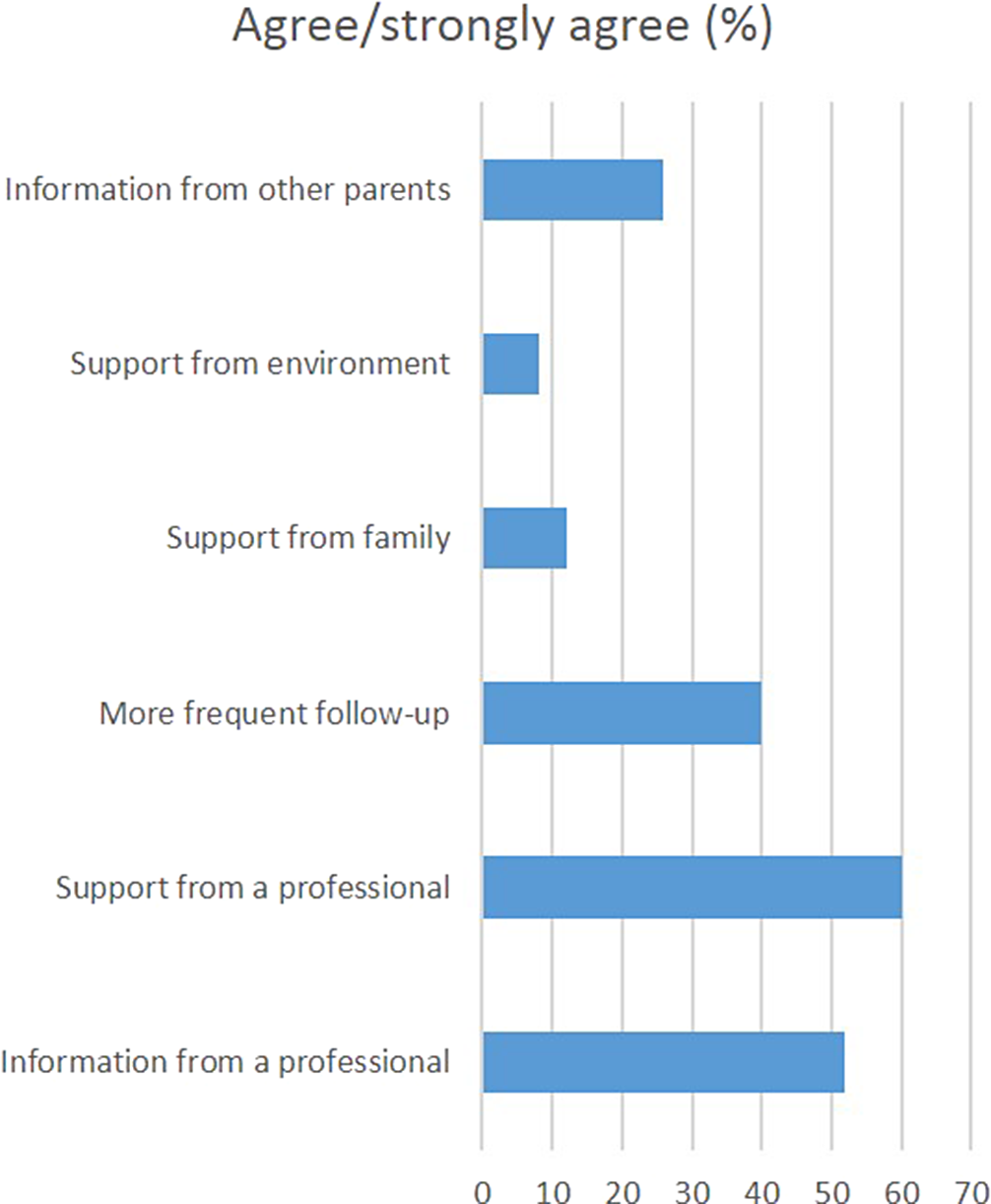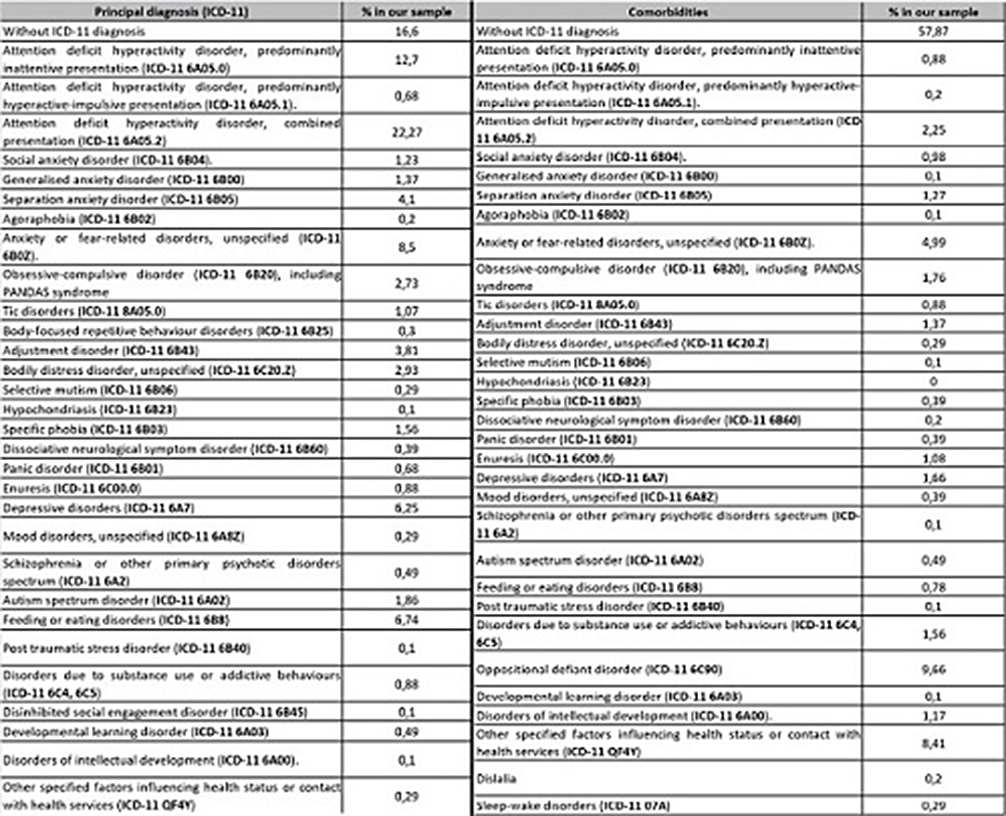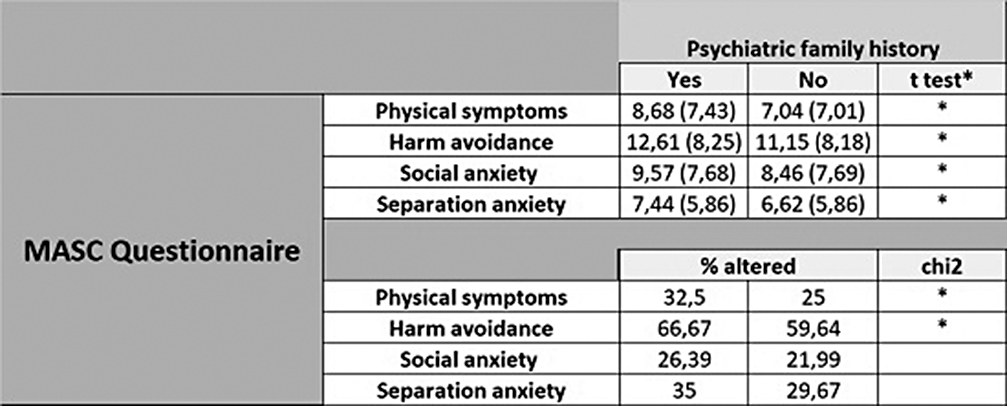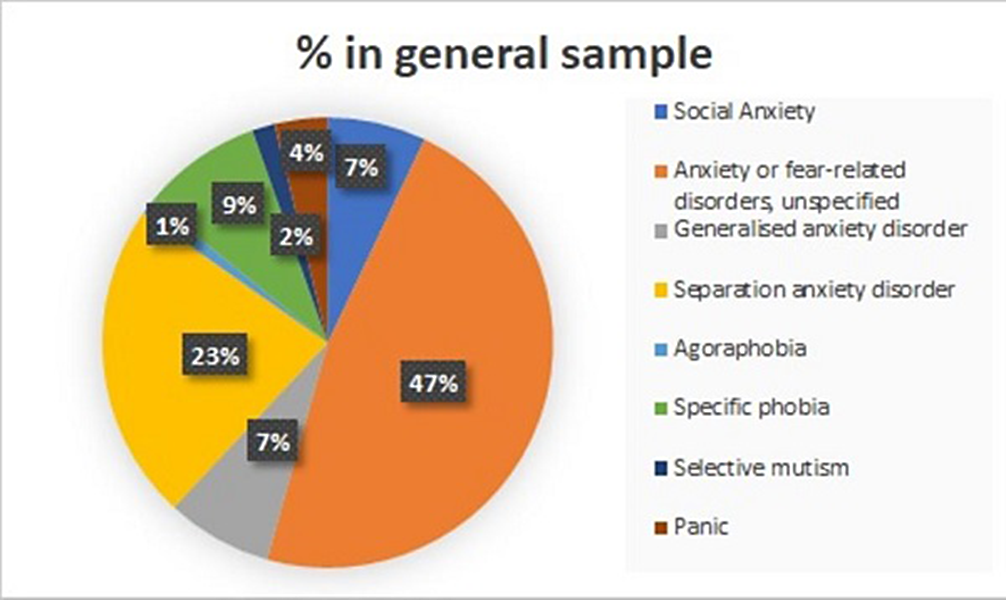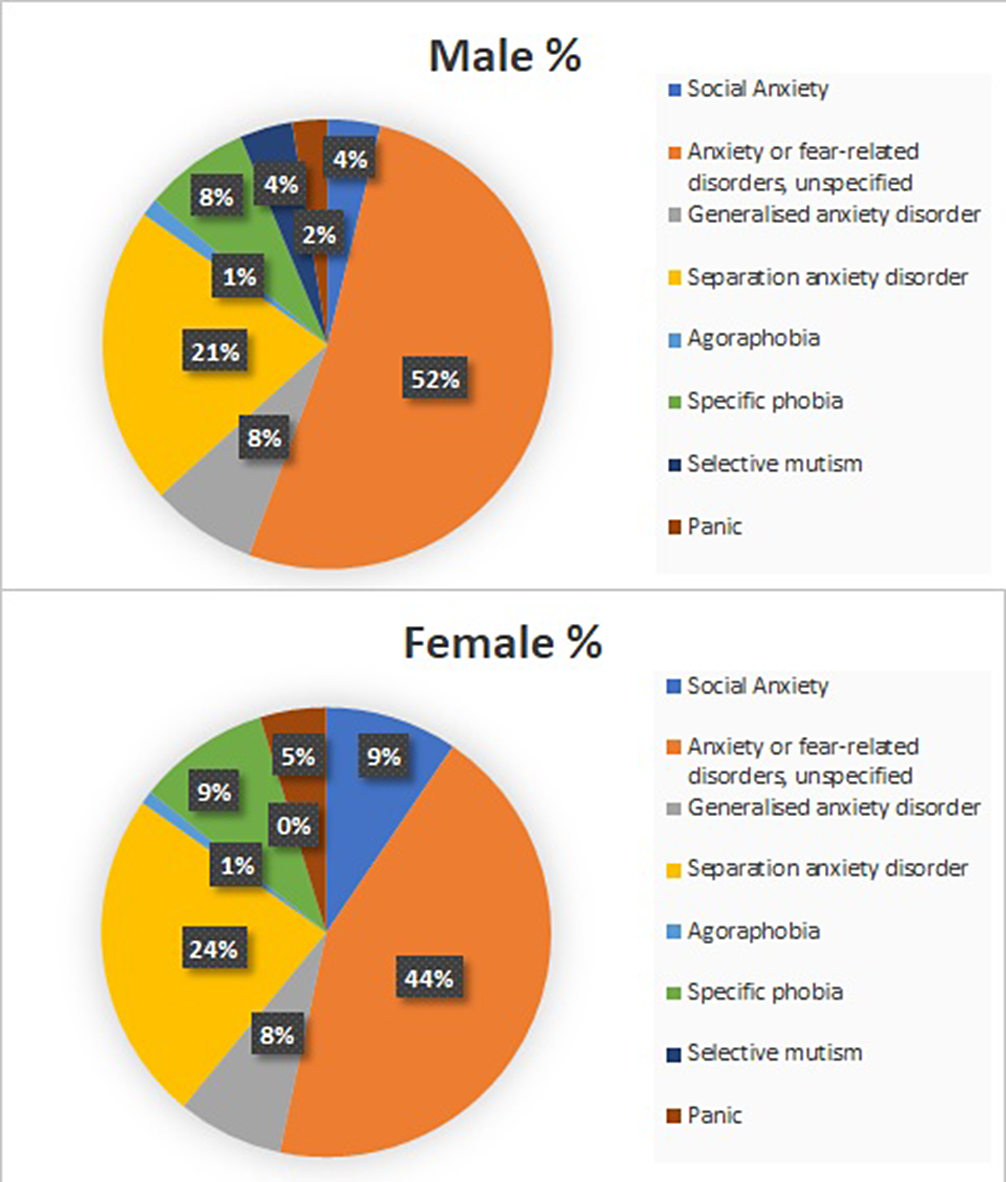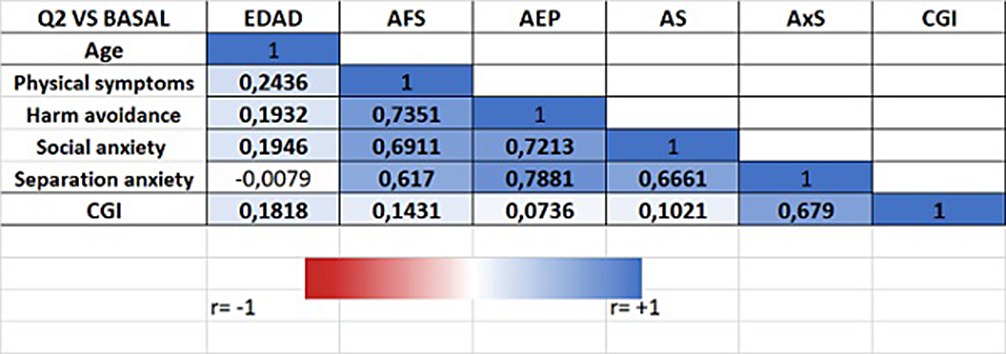Refine listing
Actions for selected content:
Contents
e-Poster Viewing
Abstract
Prevalence and comorbidities of disruptive mood dysregulation disorder
-
- Published online by Cambridge University Press:
- 27 August 2024, p. S457
-
- Article
-
- You have access
- Open access
- Export citation
Attentional Bias to Angry Faces: Contrasting Responses in Typically Developing Children and Children with Autism Spectrum Disorder
-
- Published online by Cambridge University Press:
- 27 August 2024, pp. S457-S458
-
- Article
-
- You have access
- Open access
- Export citation
Attitudes on pharmacotherapy among parents of children with autism spectrum disorders
-
- Published online by Cambridge University Press:
- 27 August 2024, pp. S458-S459
-
- Article
-
- You have access
- Open access
- Export citation
The effect of Self-Regulation Based Cognitive Psychoeducation Program on emotion regulation and self-efficacy in children diagnosed with attention deficit hyperactivity disorder
-
- Published online by Cambridge University Press:
- 27 August 2024, p. S459
-
- Article
-
- You have access
- Open access
- Export citation
Interrelations of Intelligence and Social-Adaptive Skills in Adolescents with Multiple Developmental Disorders: A Pilot Study
-
- Published online by Cambridge University Press:
- 27 August 2024, pp. S459-S460
-
- Article
-
- You have access
- Open access
- Export citation
Exploring the Impact of Wildfires on Children’s Psychological Well-being: A Comprehensive Review of Recent Literature
-
- Published online by Cambridge University Press:
- 27 August 2024, p. S460
-
- Article
-
- You have access
- Open access
- Export citation
Experience in the Psychotherapeutic Treatment of Eating Disorders in Children and Adolescents: A Brief Approach and EMDR Outcomes
-
- Published online by Cambridge University Press:
- 27 August 2024, p. S460
-
- Article
-
- You have access
- Open access
- Export citation
The relation between autism and psychosis: overlapping and differing features
-
- Published online by Cambridge University Press:
- 27 August 2024, pp. S460-S461
-
- Article
-
- You have access
- Open access
- Export citation
Preadolescent and Adolescent Victims of Cyber Victimization in Tunisia
-
- Published online by Cambridge University Press:
- 27 August 2024, p. S461
-
- Article
-
- You have access
- Open access
- Export citation
Association and predictor role of MASC scores in pharmacological or psychological treatment indication in a sample of children and adolescent in Spain
-
- Published online by Cambridge University Press:
- 27 August 2024, pp. S461-S462
-
- Article
-
- You have access
- Open access
- Export citation
Relationship between MASC scores and diagnosis in a sample of children and adolescents in Spain
-
- Published online by Cambridge University Press:
- 27 August 2024, pp. S462-S463
-
- Article
-
- You have access
- Open access
- Export citation
Influence of genetic background on the clinical picture of bipolar affective disorder in a population of children and adolescents
-
- Published online by Cambridge University Press:
- 27 August 2024, p. S463
-
- Article
-
- You have access
- Open access
- Export citation
Projective technique “Bird’s Nest Drawing” in child clinical psychology
-
- Published online by Cambridge University Press:
- 27 August 2024, pp. S463-S464
-
- Article
-
- You have access
- Open access
- Export citation
Application of the identity disorder questionnaire AIDA+LoPF in adolescents with affective pathology and schizotypal disorder
-
- Published online by Cambridge University Press:
- 27 August 2024, p. S464
-
- Article
-
- You have access
- Open access
- Export citation
Melatonin and self harm behavior in youth, beyond the sleep impact
-
- Published online by Cambridge University Press:
- 27 August 2024, p. S465
-
- Article
-
- You have access
- Open access
- Export citation
Gender diversity and autism spectrum disorder in child and youth population
-
- Published online by Cambridge University Press:
- 27 August 2024, p. S465
-
- Article
-
- You have access
- Open access
- Export citation
Sensory reactivity in children and adolescents with autism
-
- Published online by Cambridge University Press:
- 27 August 2024, pp. S465-S466
-
- Article
-
- You have access
- Open access
- Export citation
Childhood and adolescent schizophrenia and networking
-
- Published online by Cambridge University Press:
- 27 August 2024, p. S466
-
- Article
-
- You have access
- Open access
- Export citation
Characteristics of the stressors associated with suicidal behavior in adolescence
-
- Published online by Cambridge University Press:
- 27 August 2024, p. S466
-
- Article
-
- You have access
- Open access
- Export citation
General features of existential depression in youth
-
- Published online by Cambridge University Press:
- 27 August 2024, pp. S466-S467
-
- Article
-
- You have access
- Open access
- Export citation

